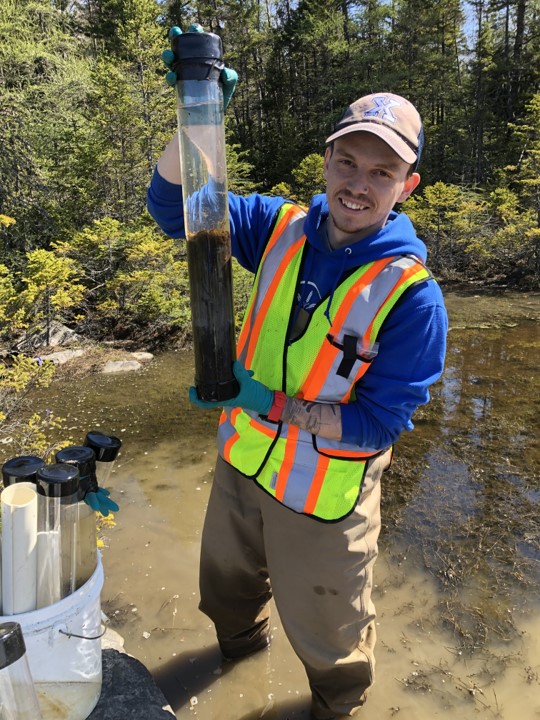Dynamic Environment & Ecosystem Health ResearchIn-situ remediation of legacy tailings |
|
Home
People
Research
Historical gold mine tailings
- Ecology & biomonitoring
- Remediation
Invasive species
- Chinese mystery snails
- Chain pickerel
- Crayfish
Publications
Teaching
Resources & Links
Lab news
Media & updates
Directions
Can wetlands impacted by 150-year old contaminated tailings be remediated in-situ to encourage natural recovery?
If you are here because of our signs at Muddy Pond and Second Lake regarding our mesocosm projects, welcome! We are happy to answer your questions!
Please email Dr. Linda Campbell and Dr. Emily Chapman.
- This is the link below to see photos of our mesocosms at both our reference uncontaminated site (Second Lake) and our study contaminated site (Muddy Pond).
Please see our historical gold mine tailings page for more context about the impact of gold-mining activities 150 years ago.
Wetlands are a valuable ecological resource in Nova Scotia. Freshwater wetlands provide important ecosystem services, including nutrient control, flooding protection, carbon sequestration and supporting biodiversity. However, gold processing processes 150 years ago relied on freshwater sources to process the high-arsenic ore through mercury amalgamation and/or cyanide extraction. After processing, the finely-powdered material called "tailings" was slurried back into low-lying freshwater sites as seen in the pair of historical photos below. Those practices have impacted numerous freshwater ecosystems and wetlands across the province, exposing those ecosystems to chronically elevated arsenic and sometimes mercury for decades. The ecological impacts of the tailings can still be observed to this day.
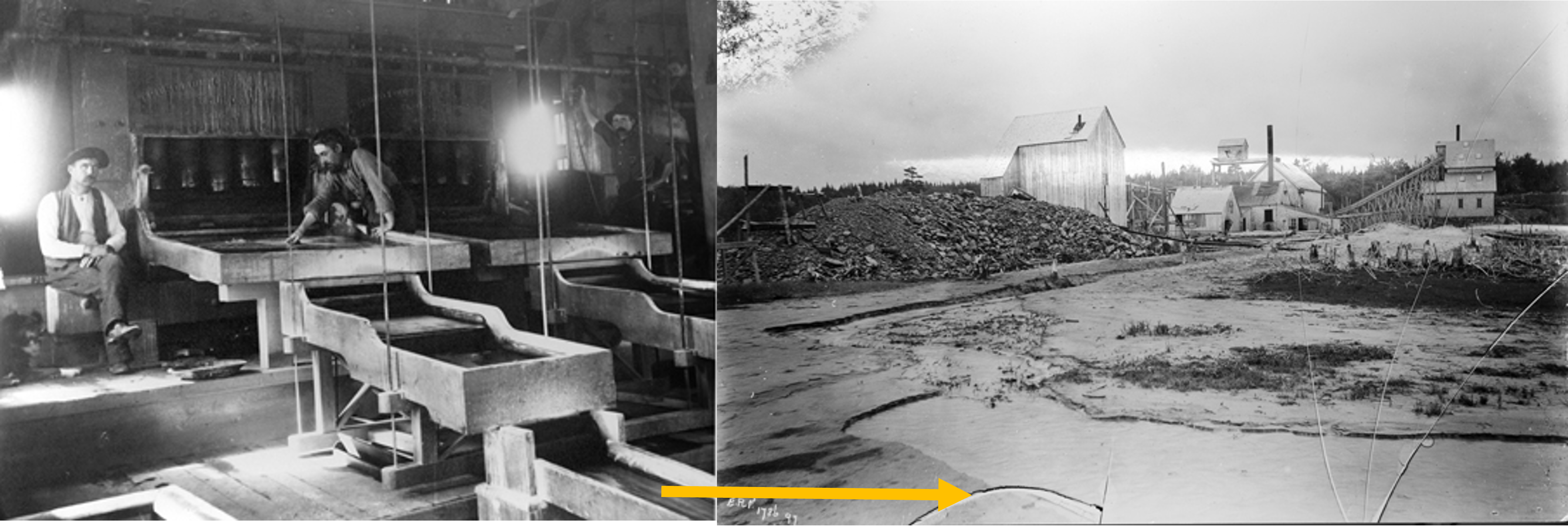
Photos
by E. R. Faribault, Natural Resources Canada Photo
Library. L: Photo #5214, 20-stamp mill, Dufferin Gold Mine
(1893).
R: Photo #5297 Stamp mill engine house and shaft house, Mooseland Gold Mining Co. (1897). (Open Government Licence - Canada.)
Our team is researching and developing a in-situ "Reactive Amendment - Protective Capping" (RAPC) application to support the natural recovery of tailing-impacted wetlands. Dr. Emily Chapman is leading the development of the RAPC components and the multi-stage testing of the treatments on wetland sediments. This is a 5-year interdisclipinary project funded by NSERC Alliance and St. Barbara Ltd.
We have conducted multiple experiments and R&D projects, and we are planning a series of laboratory and field experiments for 2023-2025. The interdisclipinary projects span ecotoxicology, chemistry, geology, geography, biology and cultural history topics, and our team includes researchers, collaborators and students from a wide range of disciplines.
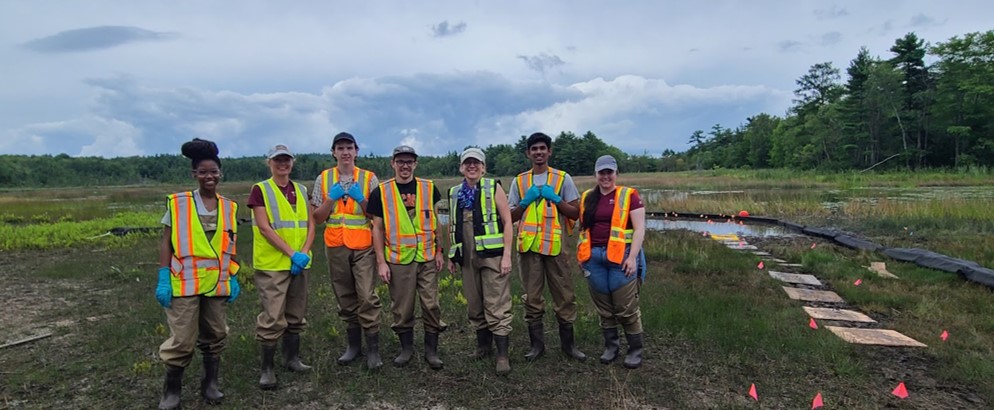
Our projects are shown below with photos. More details will follow as we update this page.
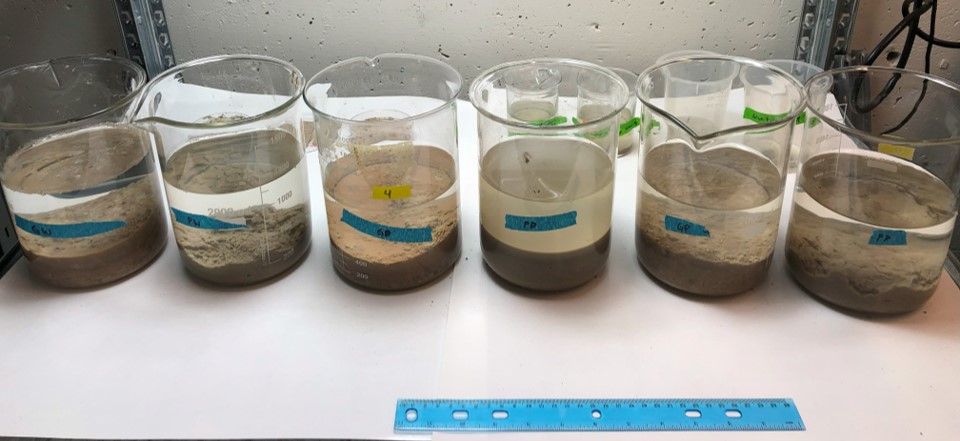
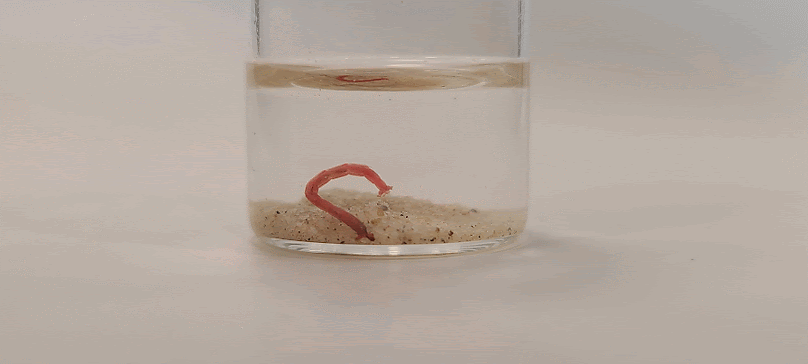
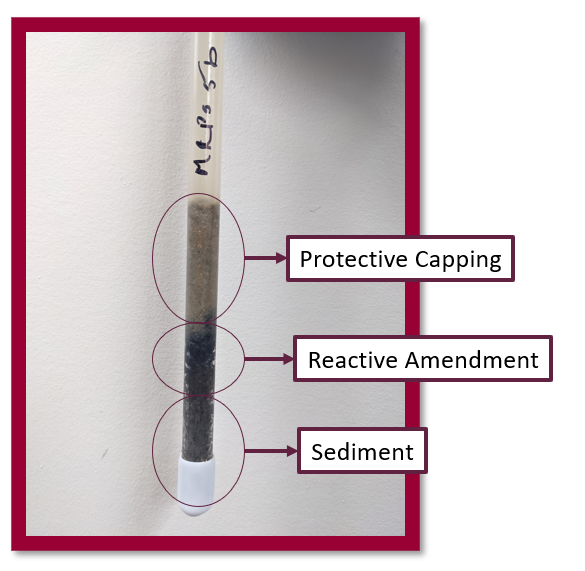
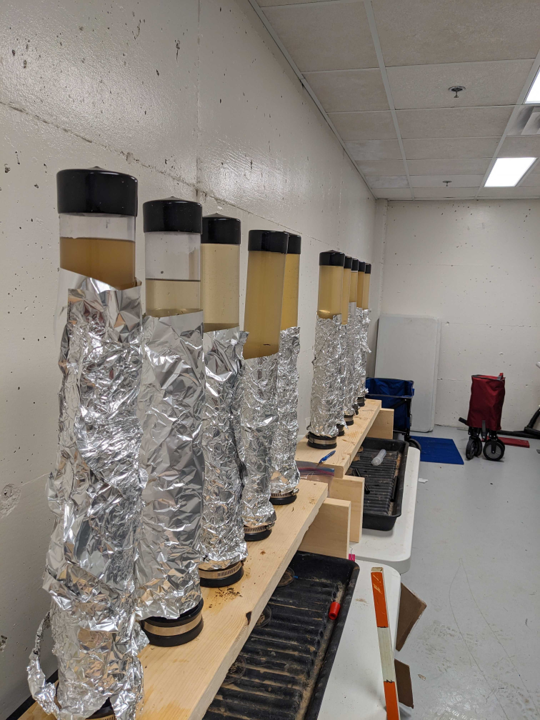
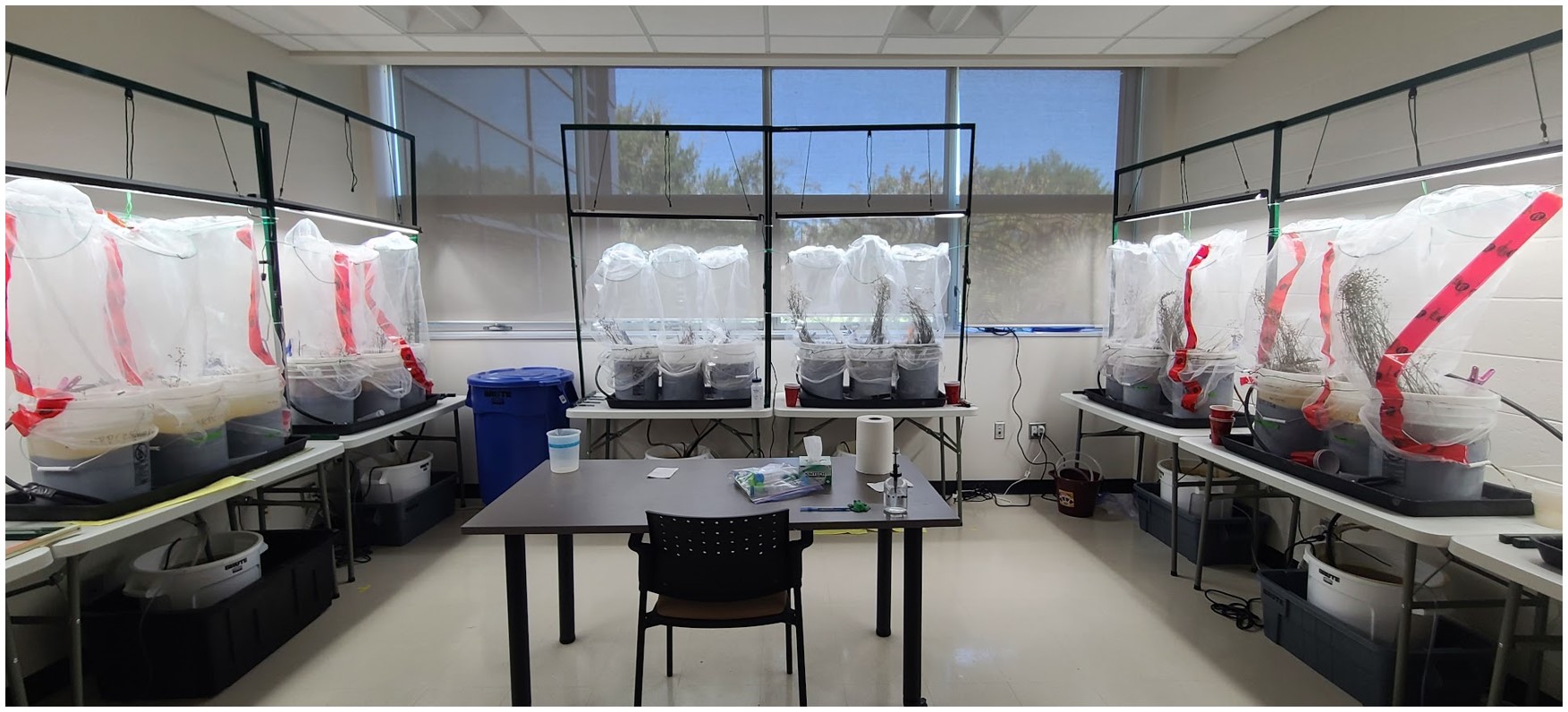
Muddy Pond Site (Contaminated)
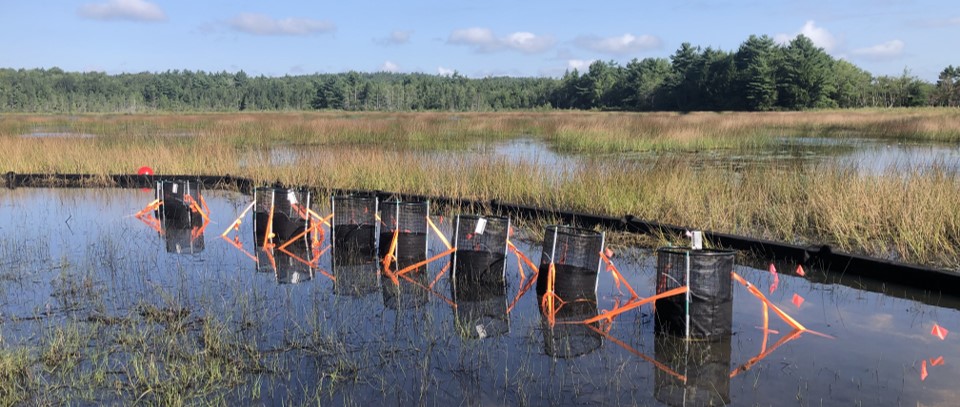
Second Lake Site (Reference, uncontaminated)
(Photos to come soon)
RESOURCES:DEEHR Team & Collaborators Resources
- Jenna Campbell et al. 2022. Assessing the Effectiveness of Reactive Amendment Protective Capping (RAPC) at Reducing the Mobility of Arsenic and Mercury in Wetlands Impacted by Historical Gold Mine Tailings. Poster Presentation for ARC 2022 Conference. PDF Link.
- Liam Hill et al. 2022. Design of a lab-scale tabletop flow-through wetland mesocosm. Poster Presentation for ARC 2022 Conference. PDF Link.
- Dr. Emily Chapman's seminar on low-dose selenium additives for reducing toxicity of gold mine tailing waste to earthworms. Link to You-tube video. (note: we are not using selenium, but those early experiments has informed many of our current planning.)
- EEV Chapman, C Moore & LM Campbell. 2020. Evaluation of a nanoscale zero-valent iron amendment as a potential tool to reduce mobility, toxicity, and bioaccumulation of arsenic and mercury from wetland sediments. Environmental Science and Pollution Research. Published online. https://doi.org/10.1007/s11356-020-08347-6. Read online: https://rdcu.be/b3cNZ.
- EEV Chapman, C Moore & LM Campbell. 2019. Native plants for revegetation of mercury and arsenic-contaminated historical mining waste - Can a low-dose selenium additive improve seedling growth and decrease contaminant bioaccumulation? Water, Air, & Soil Pollution. https://doi.org/10.1007/s11270-019-4267-x. Read online for free: https://rdcu.be/bP9M7.
- EEV Chapman, J Robinson, J Berry & LM Campbell. 2016. Can a low-dose selenium (Se) additive reduce environmental risks of mercury (Hg) and arsenic (As) in old gold mine tailings? Water, Air, & Soil Pollution. https://doi.org/10.1007/s11270-016-2909-9 Read online for free: http://rdcu.be/mFfT.
External resources:
- Gold: A Nova Scotia Treasure. Comprehensive website resource. Link.
- Nova Scotia Archives "Men in the Mines: A History of Mining Activity in Nova Scotia, 1720-1992". Link.
- Nova Scotia DNR Geoscience & Mine Branch Maps, Reports & Data. Link.
- NovaScan Portal. Link.
- Dr. Michael Parsons et al. 2012. Environmental geochemistry of tailings, sediments and surface waters collected from 14 historical gold mining districts in Nova Scotia. Geological Survey of Canada. Link to PDF of Open File 7150 (note: large document, 326 pages).
- John Drage. 2015. NS DNR Open File. Review of Environmental Impacts of Historic Gold Mine Tailings in Nova Scotia. ME 2015-004. PDF Link.
- What do gold mine tailings look like? (PDF file from NS Environment). Link to PDF.
- HRM Advisory for Barry's Run, Dartmouth NS & legacy gold mine tailings from Montague. Halifax Regional Municipality informational website.
- Dillon Consultants. 2019. Halifax Regional Municipality Phase I/II Environmental Site Assessment Port Wallace, Dartmouth, Nova Scotia. PDF file (large document over 600 pages).
- Intrinsik Corp. 2020. Human health risk assessment of sediment, surface water, and fish from Barry's Run, Halifax Regional Municipality. (216 pages)
- NS Government NS Lands Inc - Request for Proposals Tender Details "FORMER GOLD MINE SITES MONTAGUE AND GOLDENVILLE - For Closure Concepts and Costs". Tender ID NSLAND97 (September 2018. Large document! 873 pages.)
- Intrinsik Corp et al. 2019. Conceptual Closure Plan for the Historic Goldenville Tailings Area. July 24, 2019. Large document (762 pages).
- Intrinsik Corp et al. 2019. Conceptual Closure Study for the Historic Montague Mine Tailings Areas. July 24, 2019. Large document (745 pages).
- NS Lands & Forests and NS Lands Inc. NS mining site clean-up priority list (as of March 11, 2020). PDF.
SELECTED MEDIA MENTIONS (for full list, go to this page.)
- SMU Press release: AMNS - SMU Partnership. Link. See media page for reporting.
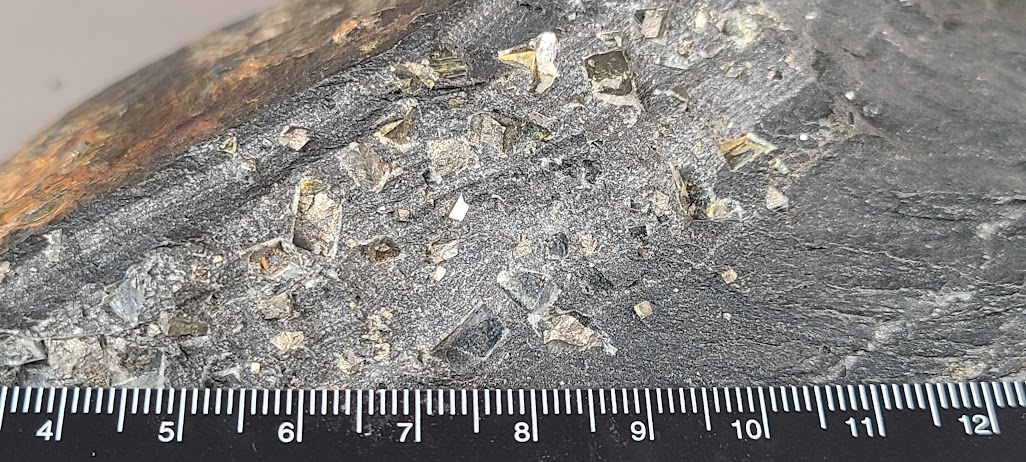
Headings
All images and content
copyright (c) members of Dynamic Environment & Ecosystem
Health Research Group.
